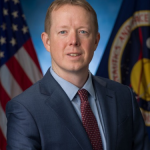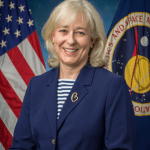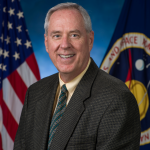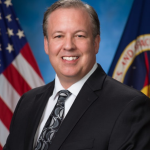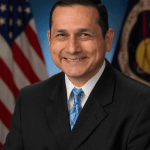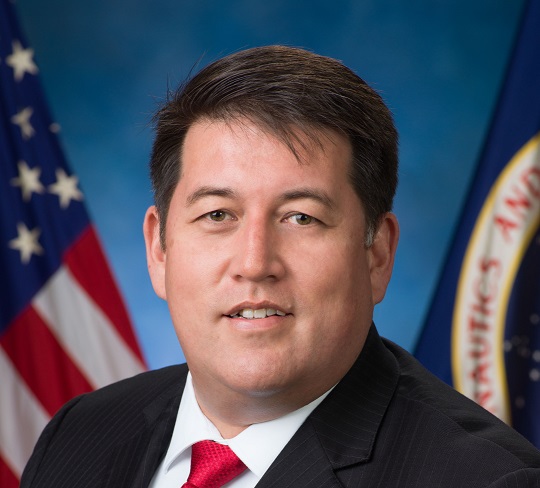
Michael Stenger
Deputy Chief Scientist, Human Research Program
Michael Stenger began his NASA career as a graduate student working at the agency’s Ames Research Center in California’s Silicon Valley. There, he performed studies investigating whether artificial gravity could be used to prevent some of the negative cardiovascular health effects that astronauts experience during spaceflight.
Stenger joined NASA Johnson Space Center’s Cardiovascular and Vision Laboratory as a senior engineer in 2006. He went on to become director of the lab, leading a diverse team investigating how the heart, blood vessels, eyes, and brain adjust to spaceflight. He then joined the Human Research Program (HRP) in 2019, serving as the element scientist for the Research Operations and Integrations element, and later, as the element scientist for the Human Health Countermeasures element.
Currently, Stenger serves as deputy chief scientist for NASA’s HRP. In this role, he helps set research strategy across HRP, supporting a robust scientific portfolio that mitigates the risks of human spaceflight. Stenger received bachelor’s degrees in Chemical Engineering and Chemistry and a doctorate in Biomedical Engineering from the University of Kentucky in 2005.



























